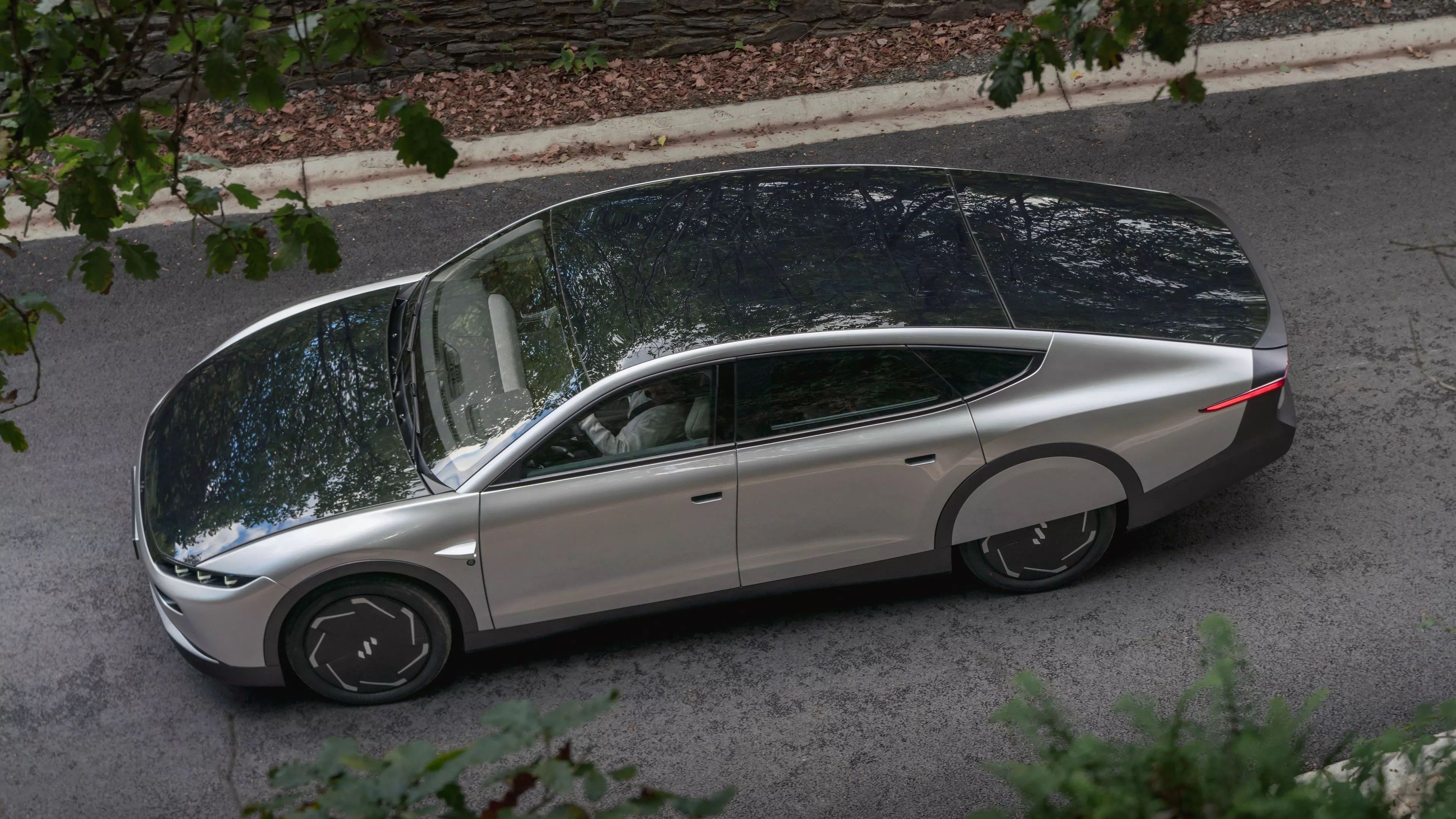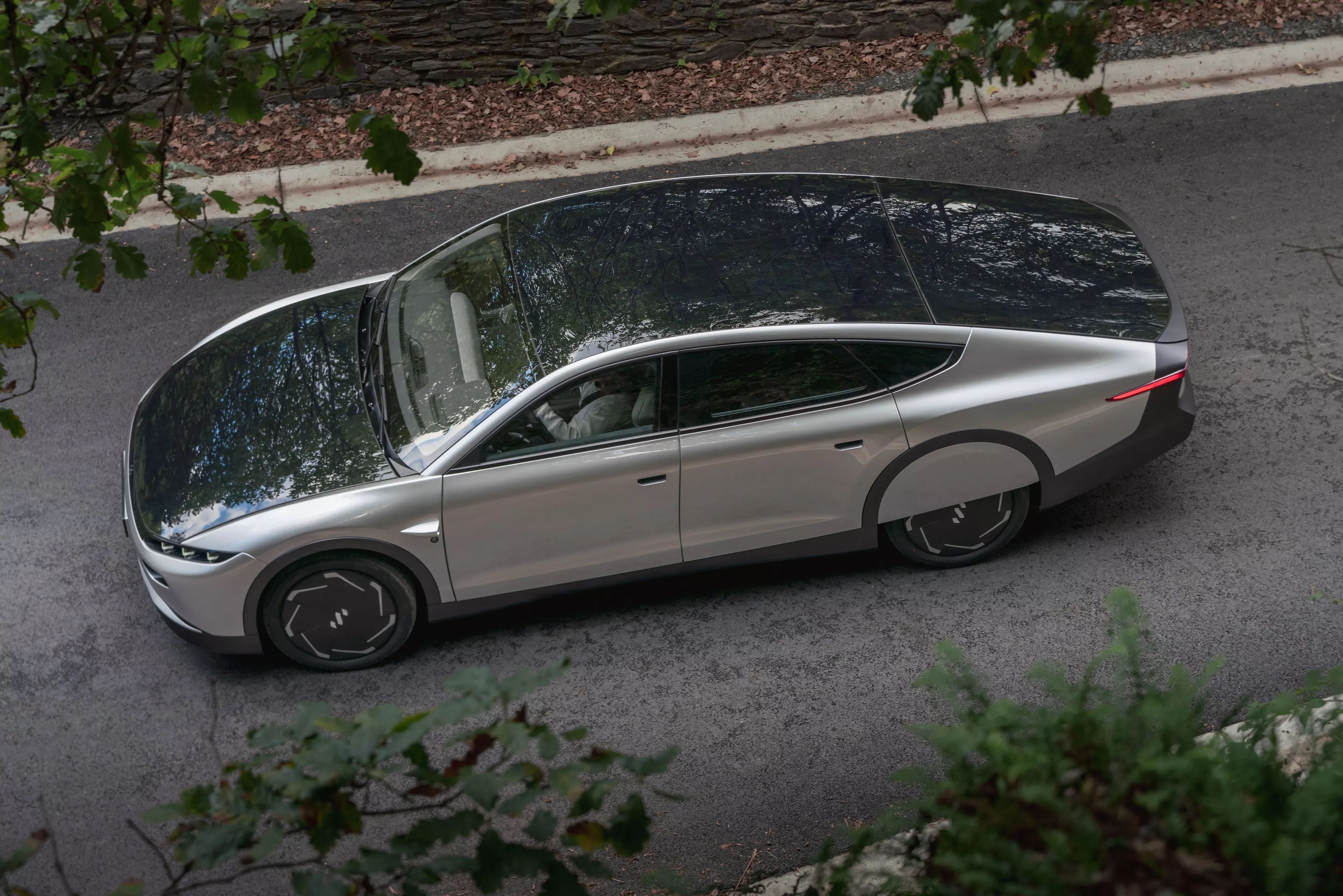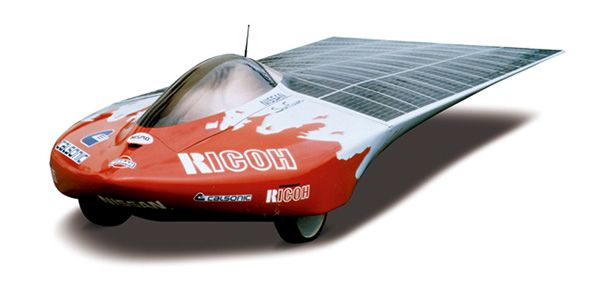The first commercially mainstream solar-powered EVs are set to be available on the European and US markets in the next few years through young companies like Germany’s Sono Motors, California-based Aptera Motors, and Dutch carmaker Lightyear. With solar-enhanced EVs set to debut, is there a future for the technology in the electrification age, or is it a gimmick that will never truly bear fruit?
Solar EVs Coming To Market
Solar panels can add weight to cars that do not necessarily justify the added energy production and expense. Historically, manufacturers have compensated for this inefficiency by installing bigger batteries, but the cost of batteries is not expected to decrease anytime soon. Still, a few smaller automakers are giving the tech a try.
Aperta’s 2-seater vehicle combines a lightweight body with a lithium-ion battery designed to maximize the power of the California sunshine. The vehicle can get about 30 miles from solar energy. Depending on the capacity of the battery, this futuristic-looking car ranges from $26,000 to 48,000. The Lightyear 0, with a sleek body closely resembling a Tesla, can get up to 45 miles from solar, and its lithium-ion battery gets up to 390 miles per charge. The car’s in-wheel motors give it aerodynamic efficiency while seating five, helping it appeal to a mass market that might not otherwise be attracted to an EV. This limited-release model is retailing for $250,000, but their scaled-up Lightyear 2, expected to be released in 2025, is estimated to cost about $30,000.
The Fisker Ocean recently entered production, and it is fitted with a retractable solar roof in its top trim. According to the manufacturer, it can provide up to 2,000 miles of range in a year on solar power alone, though the math behind that conclusion wasn't included.
Engineers predict that solar EVs will have higher capacities in the future as technologies improve. Currently, the highest-performing solar panels are only 22% efficient and do not yet maximize the surface area of a car. Technologies like solar glass that collect solar energy from windows are predicted to enable drivers to travel 80 to 100 miles on solar power alone. So, at least for now, solar power could be advantageous, but not particularly game-changing in terms of range.
Automotive Solar Panels Have A Long History
Harnessing the power of the sun to power cars can be traced back to 1955 when GM unveiled a prototype of a 15-inch 1955 Corvette equipped with eight solar cells on its hood, capable of doing little more than powering the tiny motor.
In 1982, Hans Tholstrop and Larry Perkins launched the World Solar Challenge, driving their prototype solar EV across Australia, and in 1992, Nissan took this a step further, creating the Sun Favor concept car. Since 2013, Bridgestone has sponsored the event, which requires competitors to enter cars that have no more than 43-square-feet of solar panels, more than 3 wheels, are approximately the size of a large passenger vehicle, can hold at least on person, and run exclusively on solar energy. The biennial event has competing cars that drive over 1,864 mi (3000km) from Northern to Southern Australia and attracts teams from around the world, often from research and educational institutions.
When GM won the World Solar Challenge in 1987, it shifted its focus to sponsoring the collegiate American Solar Challenge. Since 1990, this biannual event has been taking teams across North America on courses that are approximately 2,000 miles.



